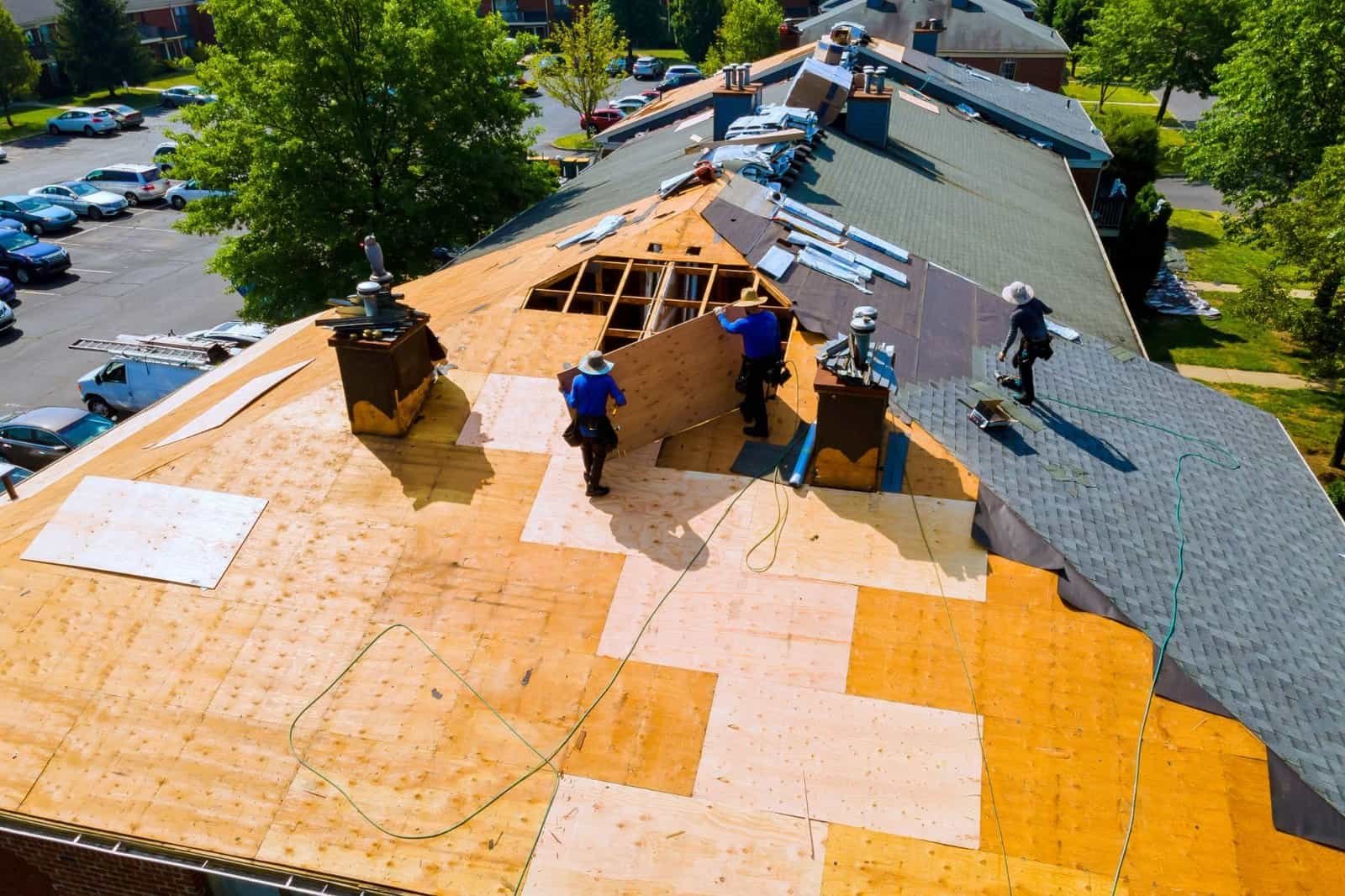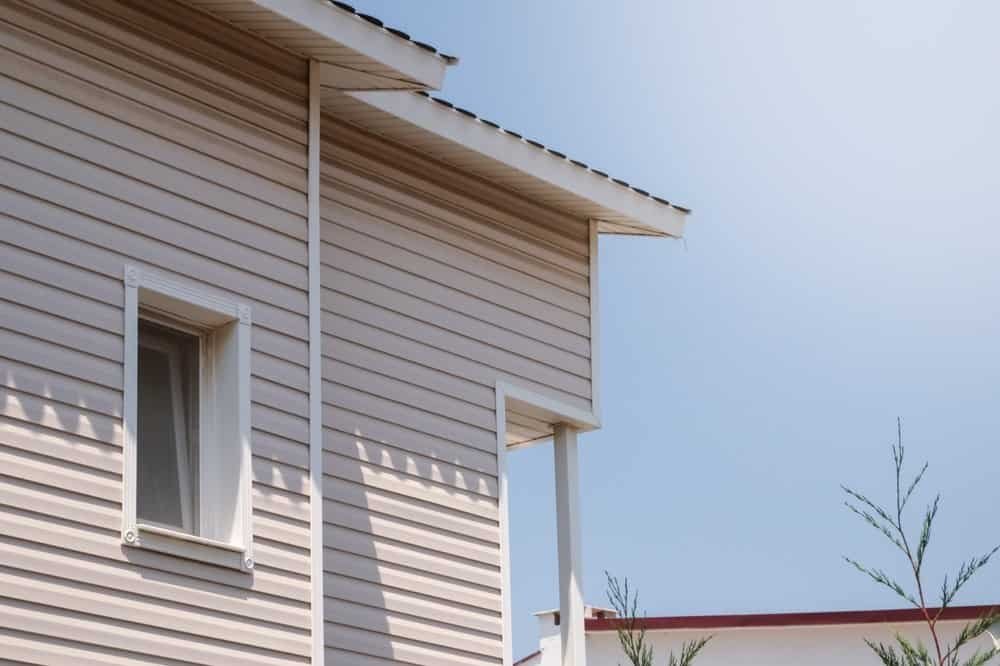Summary:
Understanding Home Addition Costs in Nassau County
Let’s start with the numbers that matter most. Home additions in Nassau County typically range from $154 to $313 per square foot, depending on the complexity and materials you choose. This puts a 200-square-foot addition somewhere between $30,800 and $62,600.
These costs reflect Nassau County’s premium construction market, where skilled labor and quality materials command higher prices than many other areas. The investment makes sense when you consider that Nassau County home values increased 7.9% year-over-year, and additions typically boost your property value significantly.
The key is understanding that every addition is different, and your final cost depends on factors like structural requirements, permit complexity, and your finish selections.
Dormer Addition Costs and Considerations
Dormers are among the most popular additions in Nassau County, especially for Cape Cod and ranch-style homes. A small 25-square-foot dormer typically costs between $2,500 and $6,300, while larger 100-square-foot dormers range from $8,000 to $20,000. For substantial 250-square-foot dormers, expect to invest $20,000 to $50,000.
The beauty of dormers lies in their versatility. They can transform unused attic space into functional bedrooms, offices, or bathrooms without requiring major structural changes to your home’s foundation. This makes them a cost-effective way to add square footage, especially when lot restrictions limit ground-level expansion.
Nassau County’s higher construction costs mean dormer projects often land at the upper end of these ranges. However, the investment pays off through increased home value and the ability to maximize your existing footprint. Many homeowners find that a well-designed dormer not only adds space but enhances their home’s curb appeal and architectural character.
Different dormer styles offer varying benefits. Shed dormers provide maximum interior space and work well for bedrooms or bathrooms. Gable dormers offer classic architectural appeal and are ideal for smaller spaces like home offices. Dog house dormers, while smaller, can dramatically improve natural light and ventilation in attic spaces.
The permit process for dormers is generally straightforward, though it requires careful attention to local building codes and structural requirements. Working with us means your project moves smoothly from design to completion, as we’re experienced in Nassau County regulations.
Mother-Daughter Conversion Permits and Requirements
Dormers are among the most popular additions in Nassau County, especially for Cape Cod and ranch-style homes. A small 25-square-foot dormer typically costs between $2,500 and $6,300, while larger 100-square-foot dormers range from $8,000 to $20,000. For substantial 250-square-foot dormers, expect to invest $20,000 to $50,000.
The beauty of dormers lies in their versatility. They can transform unused attic space into functional bedrooms, offices, or bathrooms without requiring major structural changes to your home’s foundation. This makes them a cost-effective way to add square footage, especially when lot restrictions limit ground-level expansion.
Nassau County’s higher construction costs mean dormer projects often land at the upper end of these ranges. However, the investment pays off through increased home value and the ability to maximize your existing footprint. Many homeowners find that a well-designed dormer not only adds space but enhances their home’s curb appeal and architectural character.
Different dormer styles offer varying benefits. Shed dormers provide maximum interior space and work well for bedrooms or bathrooms. Gable dormers offer classic architectural appeal and are ideal for smaller spaces like home offices. Dog house dormers, while smaller, can dramatically improve natural light and ventilation in attic spaces.
The permit process for dormers is generally straightforward, though it requires careful attention to local building codes and structural requirements. Working with us means your project moves smoothly from design to completion, as we’re experienced in Nassau County regulations.
Planning Your Home Addition Project
Successful home additions start with realistic planning that considers your family’s needs, your property’s constraints, and Nassau County’s regulatory requirements. The process typically begins with a thorough assessment of your current space and a clear vision of what you want to achieve.
We evaluate your home’s structural capacity, utility systems, and compliance with current building codes. This assessment helps determine whether your vision is feasible and what modifications might be necessary. Many homeowners are surprised to learn that seemingly simple additions can require significant electrical, plumbing, or structural work.
The planning phase also involves navigating Nassau County’s permit requirements, which vary depending on your project’s scope and location within the county. Working with us means you benefit from our understanding of local regulations, which can save months of delays and thousands in unexpected costs.
Structural Considerations for Long Island Homes
Long Island homes present unique structural challenges that affect addition planning. Many homes were built in the post-war boom using construction methods that may not support modern addition requirements without reinforcement. Understanding these limitations early helps avoid costly surprises during construction.
Foundation considerations are particularly important for ground-level additions. Nassau County’s soil conditions and proximity to water require careful attention to drainage, waterproofing, and foundation design. We evaluate existing foundation conditions and determine what modifications are necessary to support new construction.
For second-story additions and dormers, structural analysis focuses on your home’s ability to carry additional weight. This often requires reinforcing existing framing, upgrading electrical and plumbing systems, and ensuring proper load distribution. The good news is that most Long Island homes can accommodate well-designed additions with appropriate structural modifications.
Electrical and plumbing systems in older homes often need upgrades to meet current codes when adding new living space. This is especially important for mother-daughter conversions, which require separate utility meters and may need service upgrades to handle increased demand. Planning for these requirements early helps avoid delays and budget overruns.
Working with us means you benefit from our understanding of Long Island’s specific challenges, ensuring your addition integrates seamlessly with your existing home while meeting all safety and code requirements. This expertise is particularly valuable when dealing with Nassau County’s strict building standards and inspection processes.
Maximizing Property Value Through Smart Addition Design
The best home additions do more than add space – they enhance your property’s overall value and appeal. In Nassau County’s competitive real estate market, thoughtful addition design can significantly boost your home’s marketability and return on investment.
Smart addition design considers how new space integrates with your home’s existing architecture and flow. Additions that feel like natural extensions of your original home tend to add more value than those that appear tacked on. This is particularly important in Nassau County, where architectural consistency and curb appeal significantly impact property values.
Room types matter when considering value addition. Bedrooms and bathrooms typically offer the highest return on investment, especially when they create more functional family space. Home offices have become increasingly valuable, particularly for Long Island’s many commuters who need dedicated workspace. Mother-daughter conversions can provide ongoing rental income while maintaining family flexibility.
The timing of your addition project can also impact value. Nassau County’s strong seller’s market means well-executed additions can immediately boost your home’s equity. However, the same market conditions that drive home values also increase construction costs, making careful budgeting essential.
Consider your neighborhood’s characteristics when planning additions. In areas with larger lots, ground-level additions might be most appropriate. In more densely developed neighborhoods, dormers and second-story additions often provide better value by maximizing existing footprint. We understand these local market dynamics and help you make decisions that optimize both functionality and value.
Making Your Nassau County Home Addition a Success
Home additions offer Nassau County families a practical solution to space constraints without the disruption of moving. Whether you’re considering a simple dormer, a complex mother-daughter conversion, or a full second-story addition, success depends on careful planning, realistic budgeting, and working with experienced professionals.
The key takeaways for your project: understand the true costs including permits and structural requirements, plan for Nassau County’s specific regulatory environment, and choose addition types that align with your family’s needs and your property’s characteristics. Remember that while initial costs may seem substantial, well-executed additions typically provide excellent returns through increased home value and improved quality of life.
When you’re ready to explore your options, we can help you navigate the complexities of Nassau County home additions, from initial planning through final completion.




